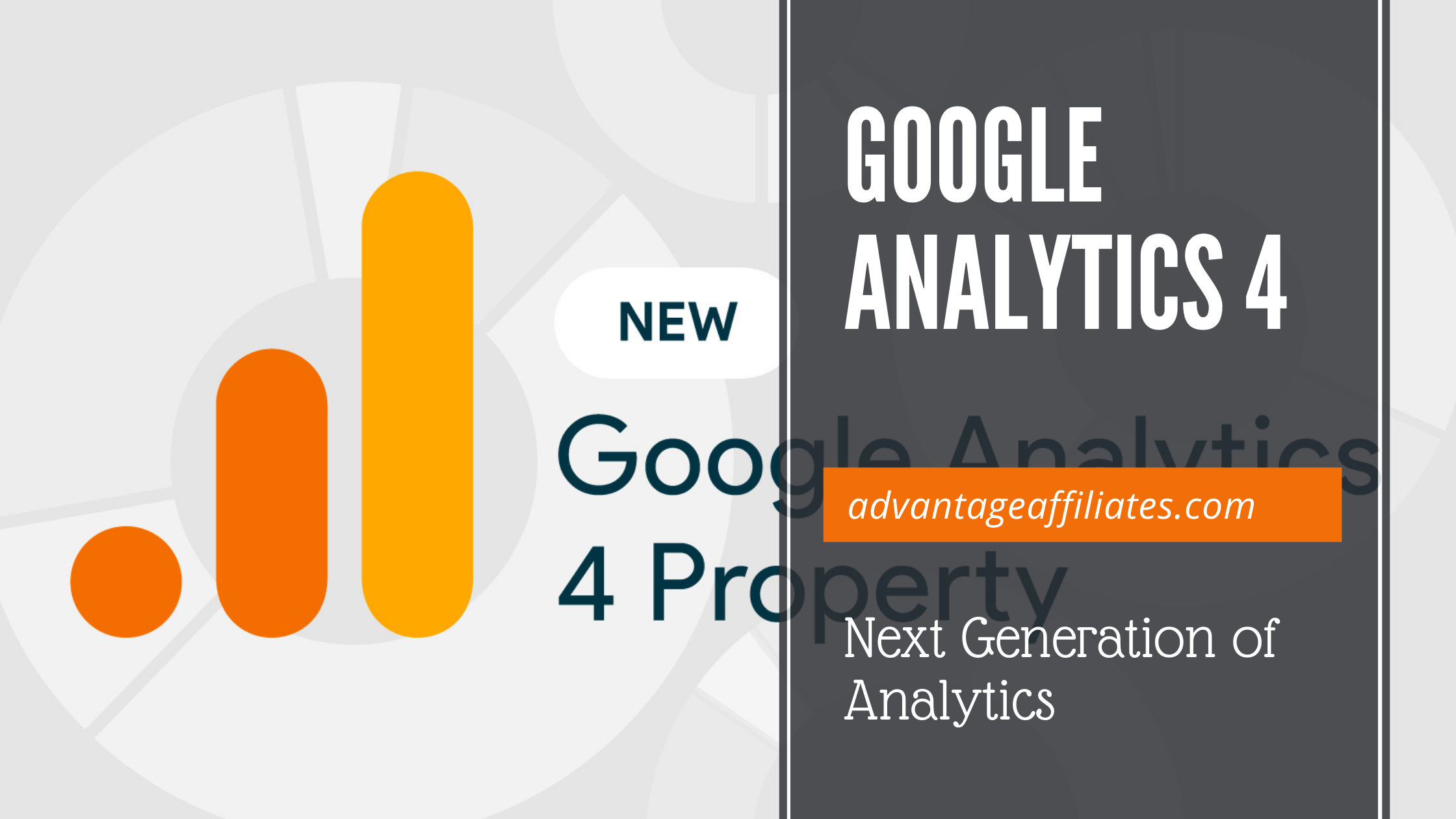Google Analytics is the most important tool for any online business, as it helps business owners to track all the activities of the visitor. This information can be very useful for improving the user experience of the website or an app.
Through Google Analytics(GA) we can find out how a visitor land on your website, how many he stayed on the website, and all his activities during the visit.
GA also provides much deeper data regarding the entire site and therefore, it’s always better to know how Google Analytics works. You can read Simple Tips on How To Track Google Analytics for more information.
Watch this video of Jay, to learn more about Google Analytics.
Today we are going to discuss Google Analytics 4 aka GA4. There is a lot of confusion and fear about the new GA4 and we will see in detail should we install GA4.
What is Google Analytics 4 (GA4)?
We are already familiar with Google Analytics and its Universal Analytics. GA4 formally known as web + app is a new kind of property that has different reports than Universal Analytics.
The main plus point of GA4 is that you can use it for a website, an app, or for both. Universal Analytics only supports websites.
Google already declared GA4 as the default version for data collection and web traffic analysis. So in coming years, we can expect that GA will be replaced by GA4.
One of the biggest differences of GA4 is that it uses AI to fill in gaps in data where traditional Analytics may be blocked by cookie-consent rules, blocked JavaScript, and a focus on privacy.
Google Analytics 4 is built on the same platform for the web + app system that they released in 2019. The web + app version was mainly focused on cross-channel data, meaning that it gave marketers a way to track users across apps, software, and a website.
The Universal Analytics reports mainly based on page views, events, e-commerce, social interactions, user timings, and many other factors whereas GA4 is all about “events.”
Benefits of Google Analytics 4
- GA4 is more focused on giving marketers the full understanding of customer journey across devices.
- Unlike the old Universal Analytics, it is more geared toward the end-to-end journey of a customer, instead of relying on individual pageviews, device segments.
- It is designed to work in the world without cookies or identifying data, making it “future proof” in a sense.
Here is a short video by Google itself defining what GA4 is.
Google has provided different ways you can set GA4 on old websites and there is no need to panic whether your past data will get deleted.
In fact, Google has mentioned that “that you set up your site on both Google Analytics 4 and Universal Analytics. This allows you to explore your Google Analytics 4 property, and switch over to view your Universal Analytics property any time.”
Main Differences between Universal Analytics and GA4
The major difference between the two is the interface. In Universal Analytics you will see the data divided into three categories or three tiers. Account>Property>View.
But in GA4 it’s two tiers: Accoount>Property.
One of the most striking differences between Analytics 4 and Universal Analytics is how reports are organized.
“We’ve reorganized all of the reports that had been in the App + Web beta, added a handful of additions, and now it’s organized around the customer lifecycle,’” Russell Ketchum, Group Product Manager, Google Analytics, told Search Engine Land.
Codeless event tracking is another major change in analytics. Codeless features make it easier for marketers to track on-site and app data in real time such as a page scroll or a video play.
New Feature of Cookie less data
Google anticipates data sparsity as a new norm and it becomes very clear from their announcement.
“The norm is that we’re going to have a mixed set of data: We’ll have event data but not necessarily a user identifier associated with it. We’ll have gaps in data altogether and this is going to be true of all measurement providers,” Ketchum said, adding, “We don’t have any specific announcements on this today, but as we get into next year, we’re going to be using machine learning modeling to support various modes of analysis in Google Analytics.”
“We’ll have the ability to have different modes that may emphasize the user analysis side of it less, but focus more on the behavioral,” he provided as an example.
Conclusion:
GA4 has a new interface and many new features. As Google made it its default web data analyzing tool, it is better to learn its different applications.
At the same time, Google also advised adding both the old Universal Analytics and GA4. No doubt this new GA4 is going to provide many important data about the users.
Every business owner wanted to provide a good user experience to its visitors and no doubt inclusion of GA4 will be very helpful.

